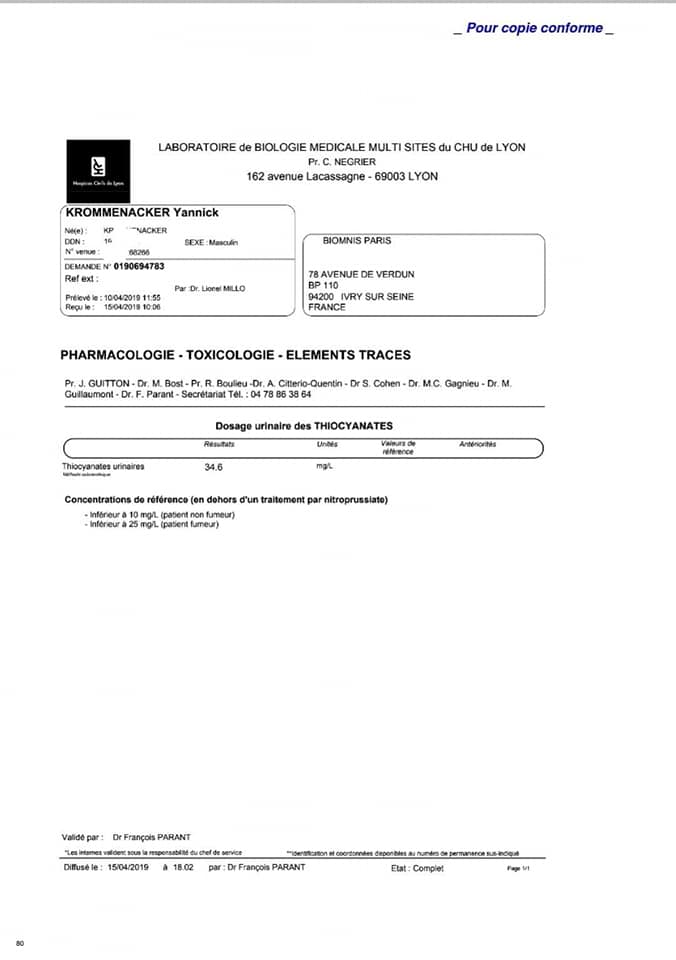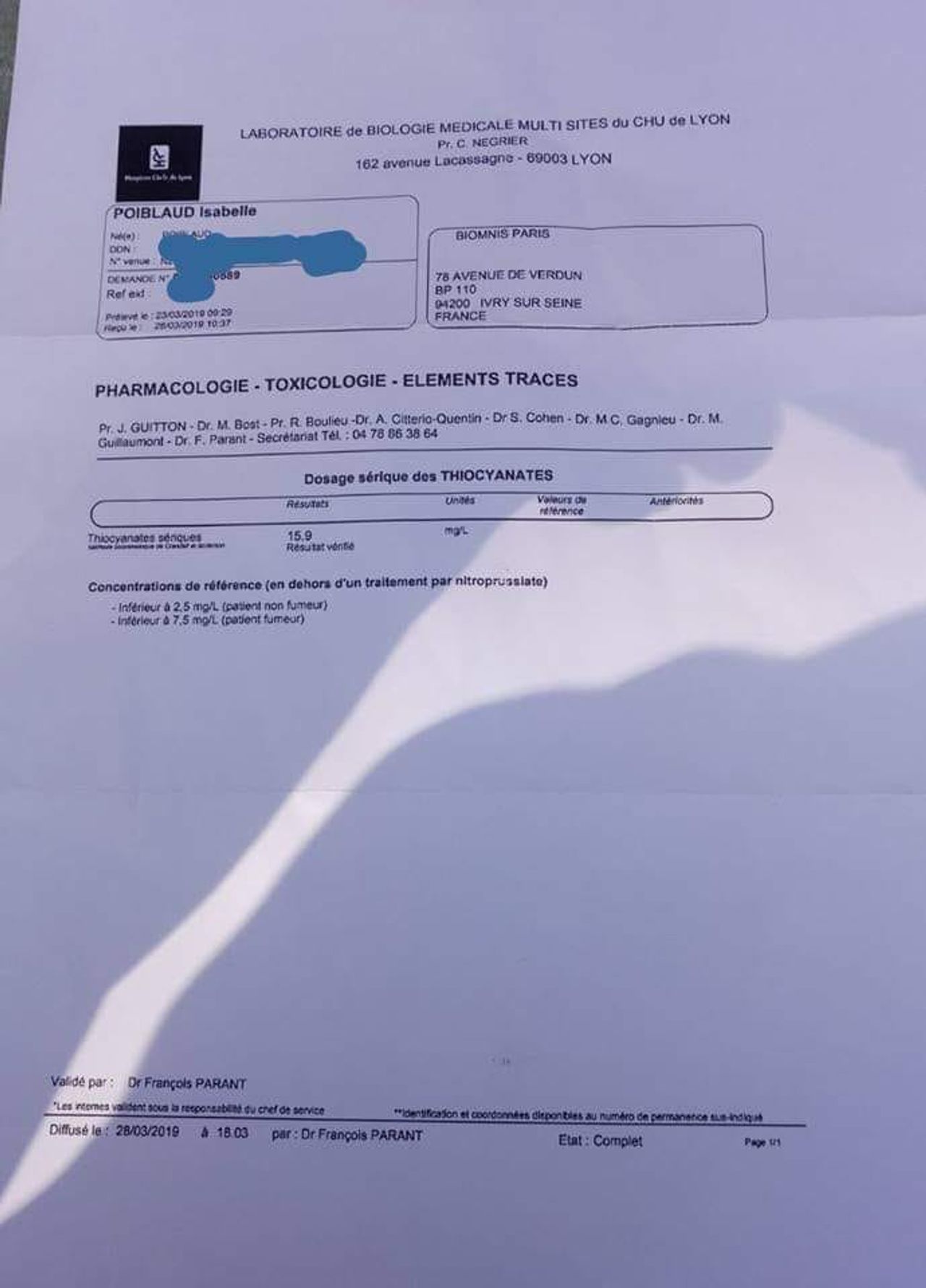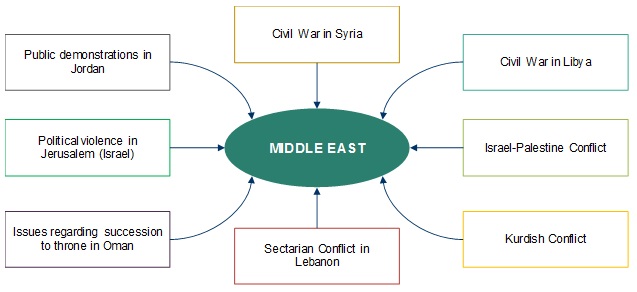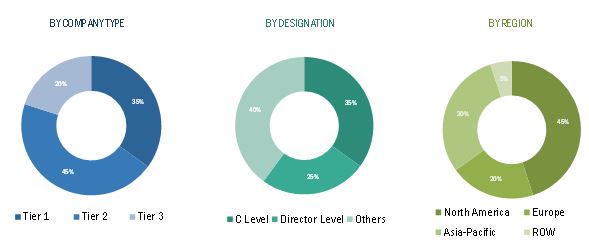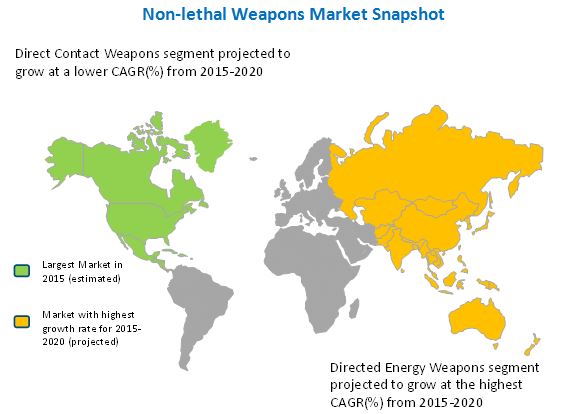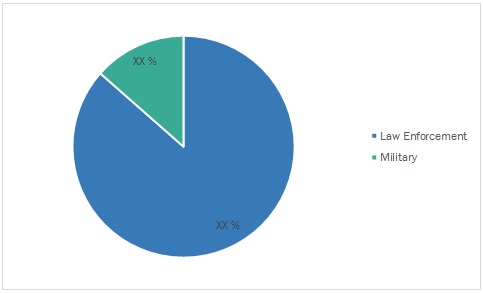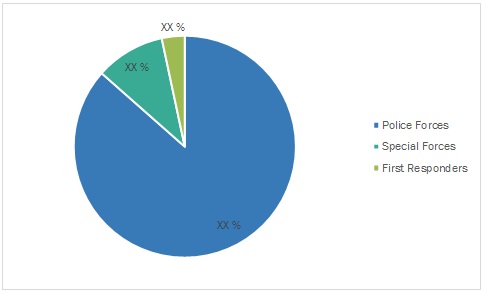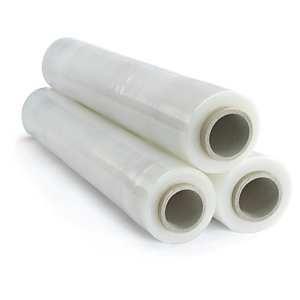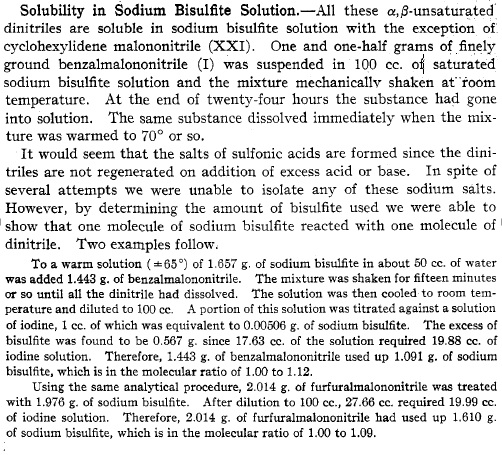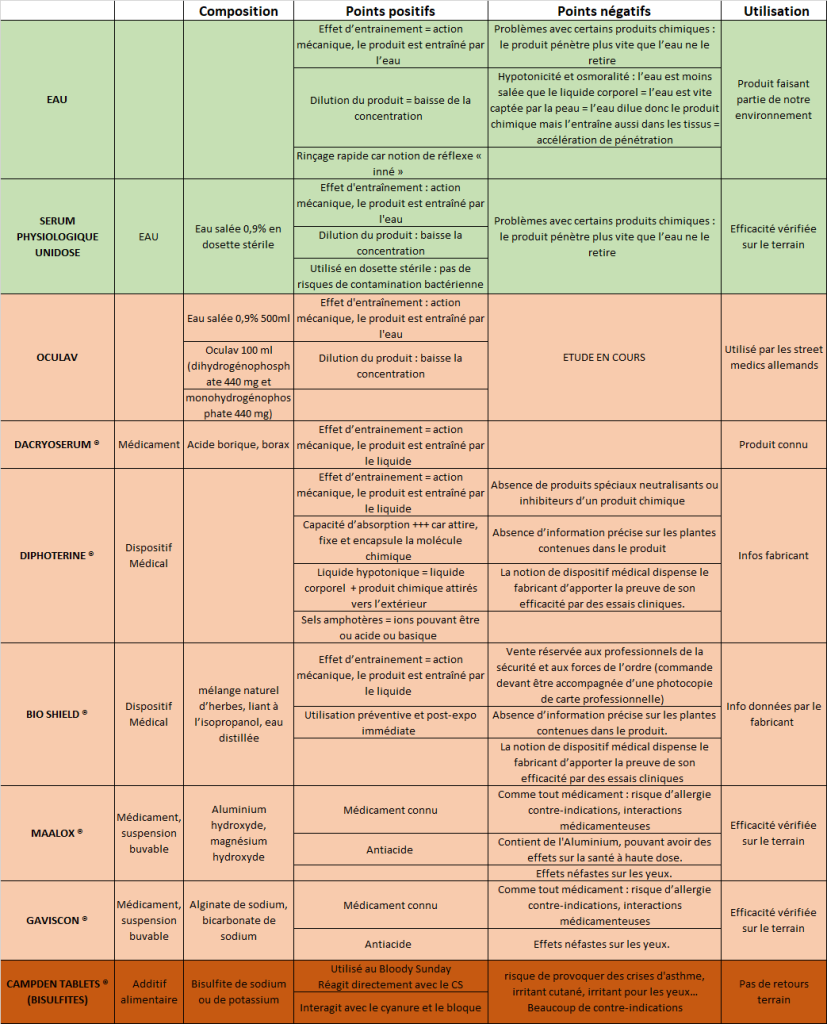Lien vers l’article
By Glenn FrankelMay 31, 1988
JABALIYA, GAZA STRIP — It was a typical week in this densely populated refugee camp. There were Israeli soldiers and Arab stone throwers playing cat-and-mouse games through the winding, garbage-strewn alleyways. There were rubber bullets and fiberglass billy clubs on one side and slingshots, bottles and concrete blocks on the other. And, as always, there was tear gas.
For two days, Ikkram Said, a slender, 27-year-old woman who was four months pregnant, said she could smell fumes wafting into her courtyard from outside. Even with the windows closed, she said, her eyes stung, she coughed constantly and had trouble breathing. Then one day she noticed blood when she went to the toilet and became frightened.
She had a friend drive her to the camp’s United Nations health clinic and was advised to go to Shifa Hospital in nearby Gaza City. By the time she got there she had stomach cramps and uterine contractions. Soon after, she miscarried.
Said’s story represents another question mark in one of the most troubling, elusive and emotive issues to arise during the 23-week Arab uprising: the effects on the Palestinian population of the Israeli Army’s frequent use of tear gas as a nonlethal riot-control weapon.
Palestinian doctors and officials working for the U.N. Relief and Works Agency (UNRWA) that operates the refugee camps contend there have been more than 1,200 injuries, dozens of miscarriages and at least 11 deaths from tear gas since the uprising began Dec. 9. The Washington-based Arab Anti-Discrimination Committee has put deaths at 41 and used that figure in a successful lobbying campaign that last month led the American manufacturer of the gas to suspend sales to Israel.
While they concede they lack hard data and autopsy results to verify many of their claims, these sources contend the weight of circumstantial evidence clearly indicates that tear gas is at least a significant contributing factor in deaths and miscarriages among a refugee camp population that, even in the best of times, is in a precarious state of health.
« There is until now no solid scientific proof, but certainly the accumulated evidence is strongly incriminating, » said Dr. Samir Badri, a Palestinian who is UNRWA’s chief health officer in the Gaza Strip.
« When you see a woman with no previous history of miscarriages or bleeding, and after exposure to tear gas she bleeds and aborts, you can say safely it is the gas. »
Israeli officials contend the Palestinian claims are based on false or unsubstantiated information and are designed to fuel a propaganda crusade that portrays Israel as waging a form of chemical warfare against a hapless civilian population.
« We have not seen any cases where it could be proven by a coroner that anybody has been killed due to exposure to tear gas, » said Brig. Gen. Yehuda Danon, the Israeli Army’s surgeon general, in a telephone interview, « and we have no scientific evidence that there have been more miscarriages following the use of {tear gas}. »
Medical experts say the issue is further complicated by the fact that accurate statistics and unbiased accounts are largely unobtainable in the chaos of civil unrest and military crackdown that has reigned in the occupied West Bank and Gaza Strip since December.
But within the cross fire of charges and countercharges, interviews with Palestinian, Israeli and American doctors who have first-hand experience with tear gas, a reexamination of several cases, and eyewitness accounts during recent months all point to these facts about the use of tear gas during the uprising:There is no credible evidence to support Palestinian claims that the Israelis are using any gas or toxic chemicals other than the standard chlorobenzylidene malononitrile, known as « CS, » manufactured by Federal Laboratories Inc. of Saltzburg, Pa. When properly used outdoors, the gas has limited effects that generally wear off in 15 to 30 minutes.There is, however, much evidence indicating that on numerous occasions soldiers and police have violated the manufacturer’s printed warnings by firing the gas into enclosed areas such as rooms or small courtyards. Most experts agree that such misuse of the gas can be harmful, especially to small children, the elderly, pregnant women and people suffering from heart or lung problems.There is debate over the possible long-term health effects of tear gas and growing concern among human-rights groups and some medical experts about its widespread use in countries including Israel, South Korea and Panama.Health conditions in the squalid, overcrowded refugee camps of Gaza have deteriorated dramatically in recent months due to disruptions of medical services and child feeding programs caused both by Palestinian violence and Israeli military restrictions. As a result, the population is more vulnerable to many kinds of health hazards, one of which is exposure to tear gas.
Upon close examination, some of the U.N. and Palestinian claims appear groundless. After a visit to Gaza last month, UNRWA health director John Hiddlestone told a press conference in Vienna about an incident in which two young Palestinians were beaten by soldiers and confined in a room where a reddish aerosal spray was used. « The room was then shut and after an hour or so two dead bodies were removed, » said Hiddlestone, who said soldiers apparently had used « some very toxic nerve gas. »
Hiddlestone was talking about the death of Basel Yazuri, age 18, who was killed Jan. 8 in the Rafah refugee camp, according to UNRWA officials. But Jerusalem Post reporter Bradley Burston, who visited Yazuri’s house shortly after the incident, said that besides the red powder on the walls and furniture of the room, which apparently came from an Army smoke grenade, there were also multiple bullet holes indicating someone had sprayed the room with an automatic rifle.
UNRWA’s own report on the incident states Yazuri died from bullet wounds and that there was no second fatality. The Army contends Yazuri was shot dead while attacking a soldier with a knife. Arab witnesses at the scene claimed he was badly beaten before being shot, and the question of whether Yazuri’s death was justifiable homicide remains open. But no one except Hiddlestone says he was gassed.
In camps such as Jabaliya, tear gas has become part of everyday life as well as a key element in the mythology of the Palestinian uprising. Children turn the spent metal canisters into toys or wear them proudly as necklaces. Dozens of canisters are hung defiantly from utility lines throughout the camp. Almost every house, it seems, boasts a collection of one or more of the thin tin projectiles or grenade-style rubber containers.
There are no figures available on how much tear gas Israeli troops have used since December, but the use is widespread. Soldiers have fired gas canisters from rifles, hurled grenades by hand and dumped 30-inch-long cans from helicopters. Despite printed warnings on the canisters that the gas is « for outdoor use only » and « may cause severe injury if not used in accordance with this warning, » soldiers pursuing alleged rioters have fired tear gas into houses, stores, clinics and even, on occasion, into hospitals.
Even now, at a time when the frequency of violent incidents and fatalities appears to be dropping, Christine Dabbagh, UNRWA’s information officer in Gaza, says she gets daily reports of injuries including tear-gassing from Jabaliya and other camps. On May 21, for example, UNRWA’s Jabaliya clinic reported treating 11 people for gas, including Said, who later miscarried at Shifa Hospital. The following day the report listed six tear-gas victims, two of whom later miscarried.
Altogther, doctors at Shifa Hospital, which serves most of the northern half of the Gaza Strip, say they treated 378 miscarriage cases between December 1987 and February 1988, the first three months of the uprising, compared to 335 during the same period a year earlier. UNRWA health director Badri says he tried to compile statistics to do a similar comparison at the Rafah refugee camp, but the numbers showed no significant increase.
The causes of miscarriages remain elusive because even in normal times, the estimated rate of miscarriages runs as high as 20 percent. Ikkram Said, for example, had a miscarriage and then bore three children before her latest pregnancy. It is impossible to know in retrospect exactly why she aborted this time. Besides her physical symptoms, doctors say her sense of fear after being exposed to tear gas could have been a factor.
Similarly, the death of a three-year-old girl in Gaza City last Friday remains uncertain. Local residents attributed it to tear gas. But the Army said the girl had not shown symptoms of tear gas inhalation when treated at a local hospital and said her body was spirited away by family members before an autopsy could be performed.
Dr. Issa Satti, director and chief surgeon at Ramallah Hospital in the West Bank, recalled last Feb. 20, when soldiers fired two CS gas canisters into the maternity recovery ward. There were five women and four babies in the ward at the time who were quickly evacuated, Satti said, after which he tried to enter the room to remove the canisters.
« I thought I would just throw them out the window, but I could hardly get into the room, » Satti recalled. « It was so concentrated. I started to cough, and then I couldn’t breathe. Even 24 hours later you couldn’t enter the room. »
Satti, who is one of the West Bank’s best known and most respected physicians, said he has concluded after months of watching soldiers use tear gas in Ramallah that « when used properly outdoors, I think it’s harmless. But we’ve had people who have had gas fired into their homes. Someone kept inside long enough could certainly die. »
An Army spokeswoman said soldiers were instructed to use tear gas only in open areas and that other uses of the gas were in violation of orders. She noted that the Army had taken pains to choose a form of tear gas that would not prove harmful to its own soldiers because sudden wind changes often expose them to its effects.
Brig. Gen. Danon said the Army had relied upon two reports in 1969 and 1971 by the Himsworth Royal Commission into the medical and toxicological effects of tear-gas use in Northern Ireland. Both reports indicated that CS gas was the safest and least toxic and had the least long-term health effects, said Danon.
The Army surgeon general conceded that health conditions in Gaza are poor but said many factors associated with the uprising were to blame. The United Nations’ supplemental feeding clinics for pregnant women and children have functioned only sporadically due to civil violence and to military curfews. Sewage systems and running water have broken down in many places and have not been repaired. Garbage collection is sporadic at best.
« All of these are far more important in terms of their effect on the health of the population than the occasional use of riot-control agents such as tear gas, » he said.
But Dr. Jonathan E. Fine, an internist who is executive director of Physicians for Human Rights, a Boston-based rights group, contended that the Himsworth reports had drastically underestimated the harmful effects of CS gas.
« There’s a tremendous under-appreciation of the dangers of tear gas, » said Fine in a telephone interview. « In my opinion it’s a misnomer to call this stuff ‘tear gas.’ It’s really poison gas . . . . «
A team of four American physicians from Fine’s group who visited the West Bank and Gaza in February said in their report that they could not substantiate claims of an increase in the incidence of miscarriages due to tear gas. Even so, Fine warned, Israel should not take the safety of tear gas for granted.
« I have to question both the logic and the morality of what the Army surgeon general is saying, » said Fine. « It’s a double standard he’s applying here. Would Israel use the same gas on its own children? I don’t believe so. »
